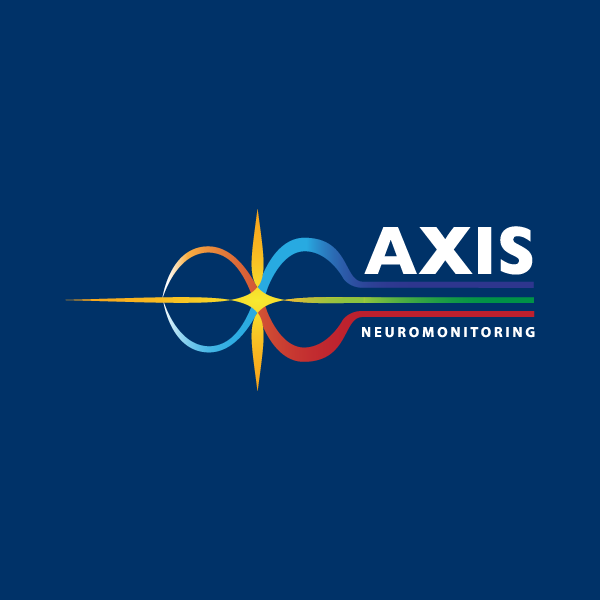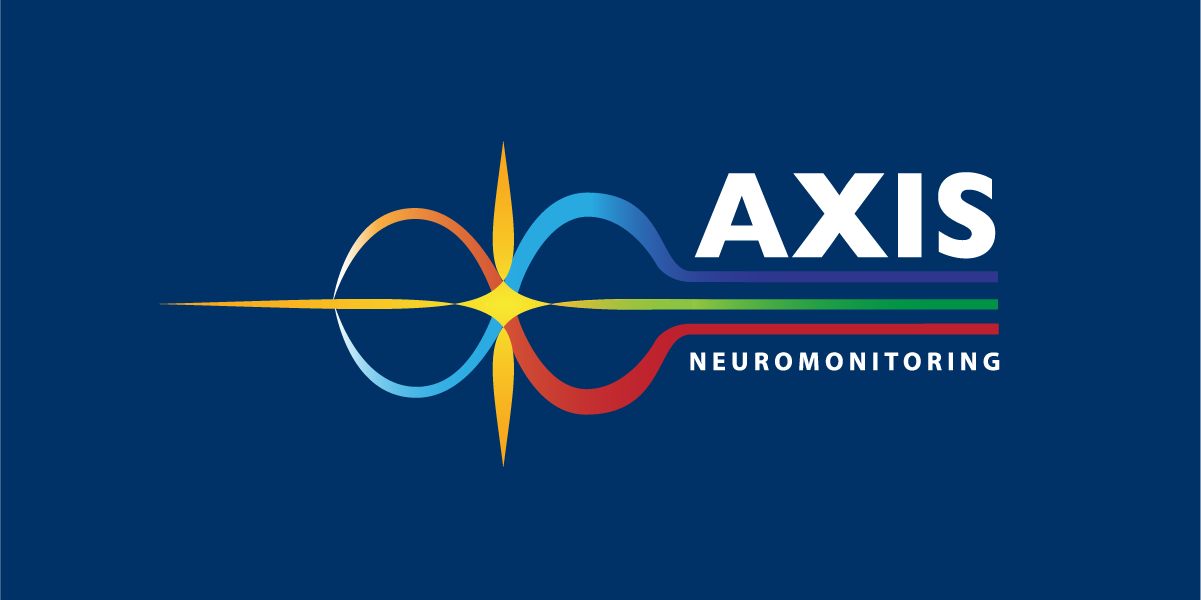Protecting Brain Perfusion During Carotid Endarterectomy with Real-Time SSEP Monitoring
By Admin | October 07, 2025
Carotid endarterectomy (CEA) is a life-saving procedure for patients with carotid artery stenosis, but it comes with serious neurological risks. In this case, intraoperative neuromonitoring (IONM) detected a drop in sensory signals the moment vascular flow was compromised, giving the surgical team critical insight to intervene and protect the brain.
Why IONM Matters in CEA Procedures
CEA is a common surgical treatment for carotid stenosis, a condition where plaque buildup narrows the carotid arteries and restricts blood flow to the brain. Left untreated, it increases the risk of stroke, transient ischemic attacks (TIAs), and other neurological complications.
During CEA, clamping the carotid artery can dramatically alter cerebral perfusion. Without real-time feedback, it’s nearly impossible to know whether the brain is receiving enough blood during critical moments. That’s where modalities like Somatosensory Evoked Potentials (SSEPs) and electroencephalography (EEG) prove invaluable, alerting the team to perfusion-related changes before they result in permanent injury.
Case Study: Patient Background
A 67-year-old female presented with bilateral carotid stenosis. Her symptoms included:
- Numbness and tingling in both arms (more severe on the left)
- Leg pain
- Chronic headaches
Given the progressive nature of her symptoms and the bilateral involvement, she was scheduled for CEA to relieve vascular pressure and restore blood flow to the brain.
Monitoring Plan
The neurophysiology team deployed the following modalities:
- SSEPs (Median and Tibial) to monitor sensory pathway integrity in both upper and lower extremities
- 8-channel EEG to assess global cortical function and detect ischemic changes
Baseline signals were established prior to incision, and all modalities remained stable through exposure.
Intraoperative Event: SSEP Drop After Clamping
After the carotid clamp was placed, bilateral upper extremity SSEPs dropped significantly—a red flag for impaired cerebral perfusion. The median nerve responses indicated that blood flow to the sensory cortex was likely compromised.
The neurophysiologist immediately alerted the surgeon to the change. In response, the clamp was removed and replaced with a shunt, allowing blood flow to resume.
Resolution and Outcome
Following shunt placement, bilateral upper SSEPs returned to near-baseline levels. Although minor amplitude fluctuations persisted throughout the case, these were attributed to transient blood pressure variations rather than direct neural compromise.
The procedure concluded without incident, and no postoperative sensory or motor deficits were reported.
What Could’ve Gone Wrong Without Monitoring?
Without SSEP monitoring in place, the drop in perfusion might have gone undetected. A prolonged reduction in blood flow to the sensory cortex could have led to permanent motor or sensory impairment, including stroke or cortical infarct and coma.
IONM didn’t just inform the surgical team—it empowered them to act fast and avoid irreversible brain damage.
The Takeaway: Real-Time Monitoring Saves Brain Function
This case highlights the critical role of SSEP monitoring during carotid endarterectomy:
- Early Detection – Signal loss alerted the team to impaired blood flow in real time.
- Targeted Intervention – Surgical response restored perfusion and prevented injury.
- Improved Outcomes – Timely correction ensured neural function was preserved.
In CEA cases, every second of compromised blood flow matters. Neuromonitoring gives your surgical team the visibility to make life-saving decisions, right when they count most.
For more on how intraoperative neuromonitoring can enhance the safety and outcomes of your spinal procedures, contact our team today.



